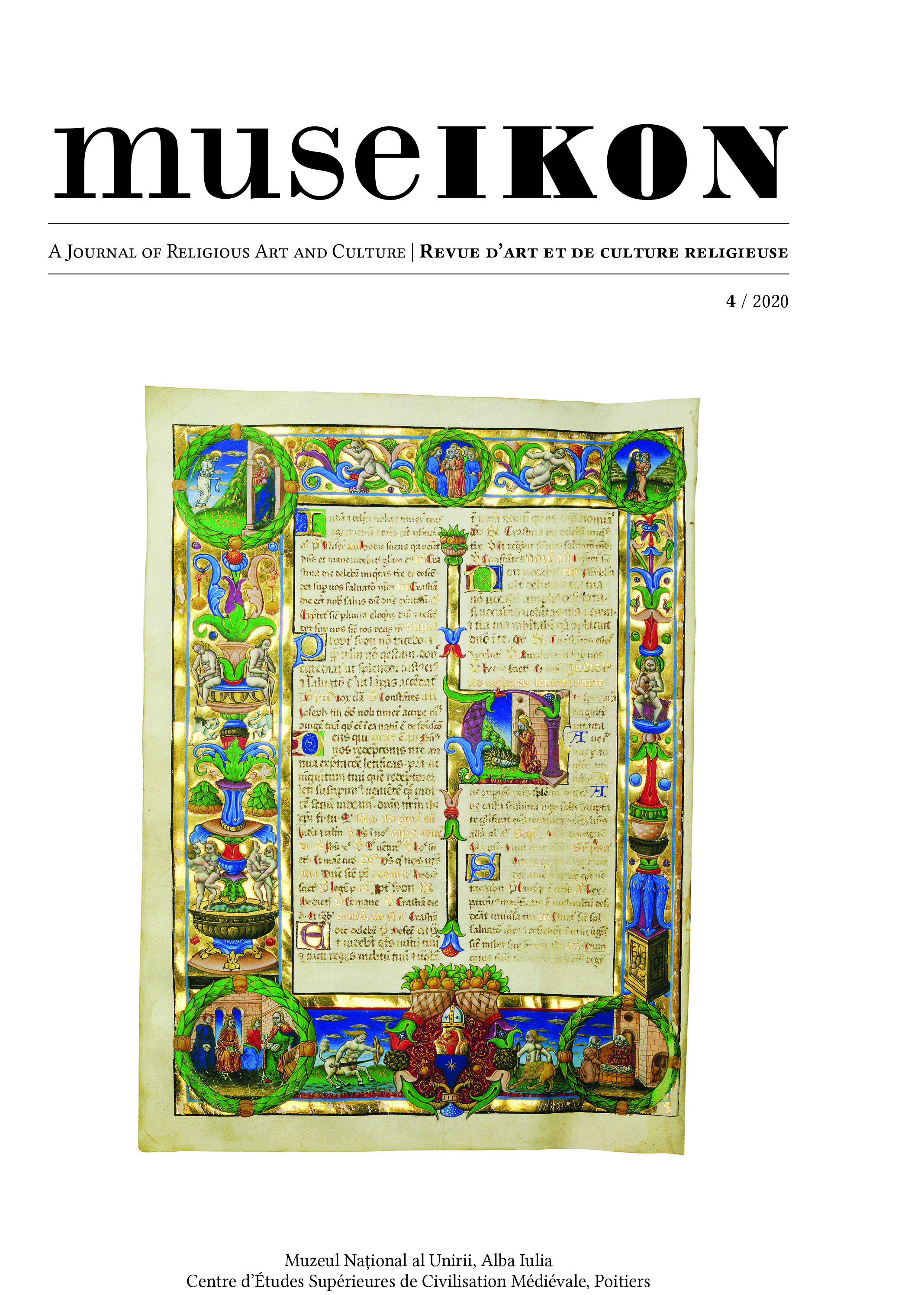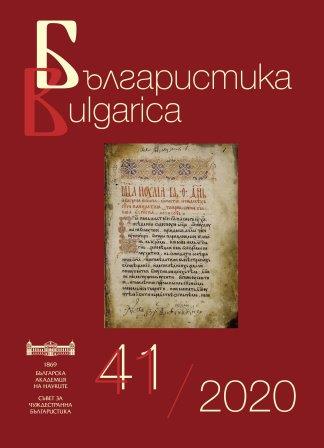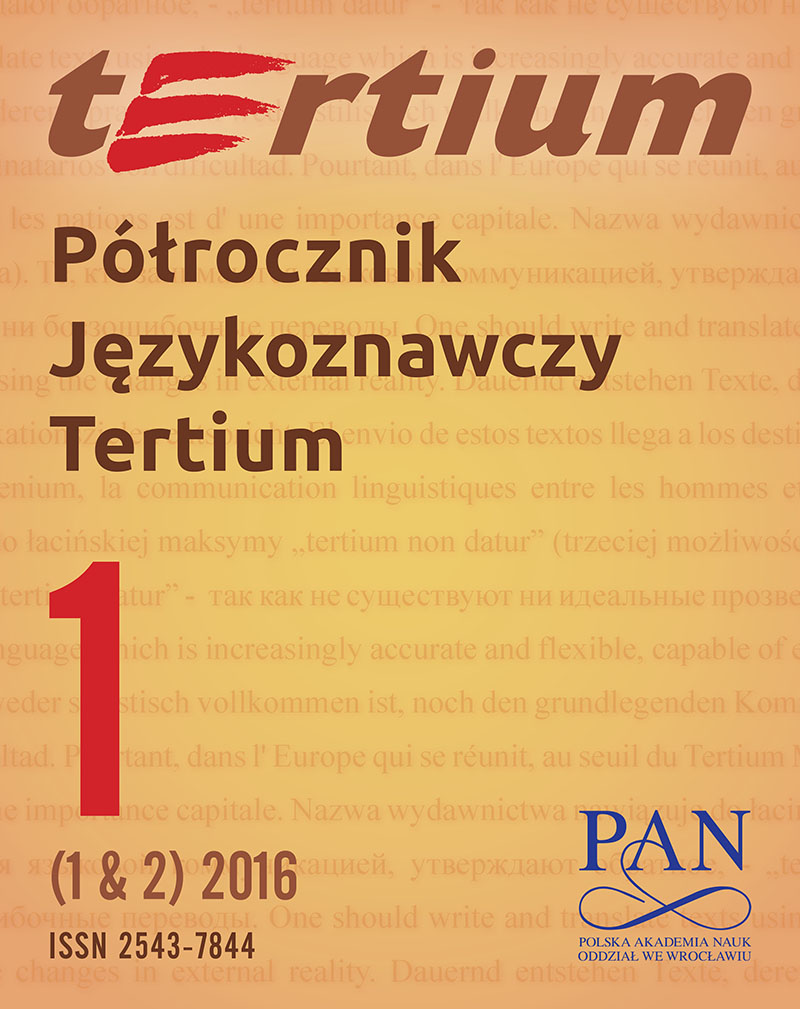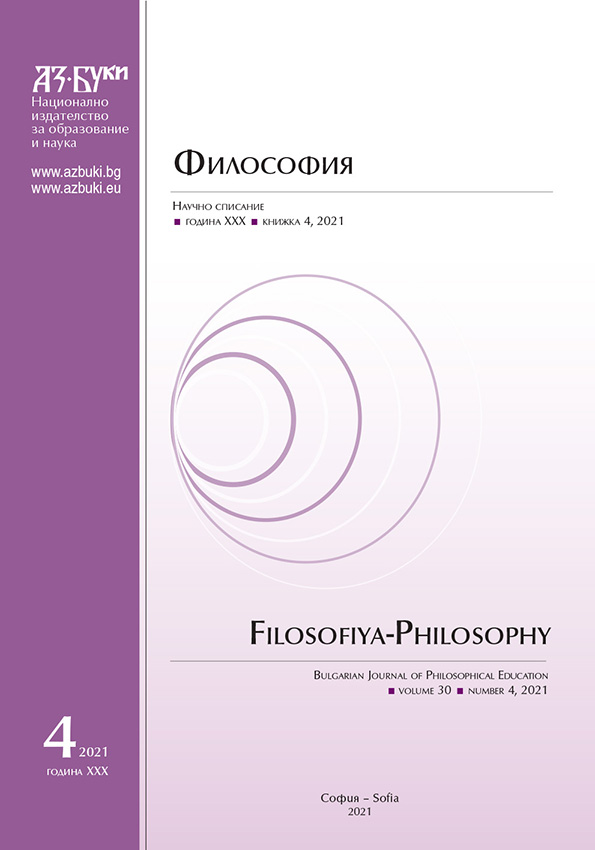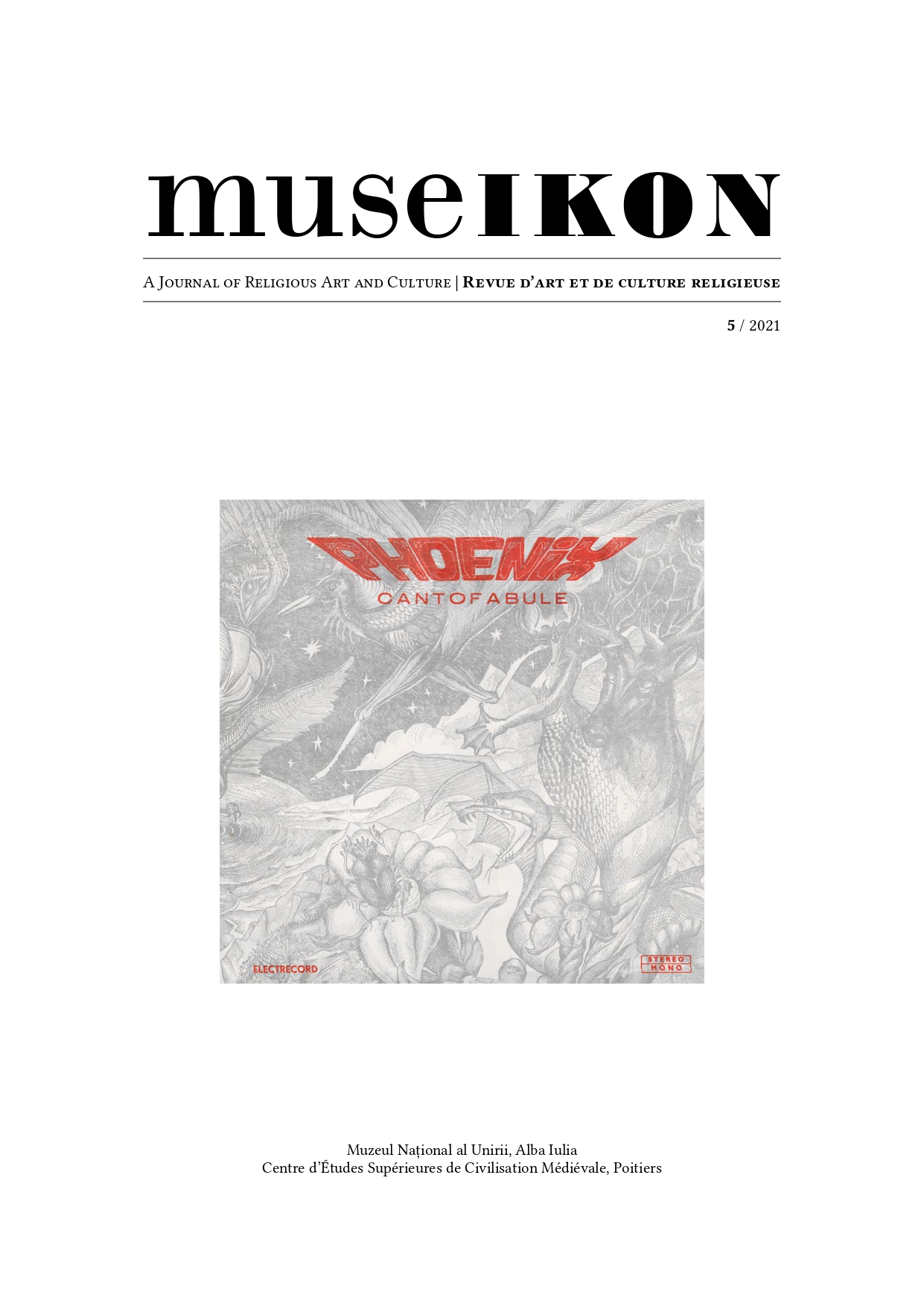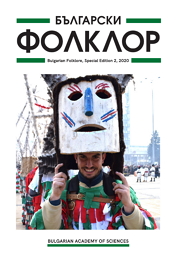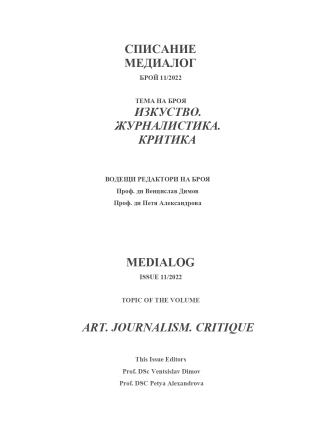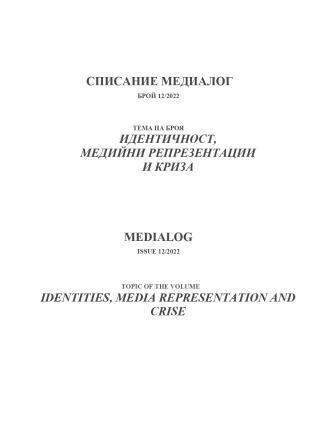Author(s): Ana Dumitran / Language(s): English
Issue: 4/2020
La découverte d’une inscription slavonne dans le narthex de l’église du monastère de Râmeţ (comté d’Alba) en 1966, sa relecture avec des moyens techniques spéciaux en 1978 et sa publication officielle en 1985 ont porté à l’attention des historiens le nom du peintre (Mihul du Criș-Blanc), le nom de l’évêque fondateur (arche- vêque Gélase), le roi régnant lorsque la nef de l’église était peinte (Louis d’Anjou) et l’année 1377. Les Ortho- doxes de Transylvanie auraient eu une hiérarchie ecclésiale organisée autour d’un archevêché et une école rou- maine de peinture en pleine affirmation. Toutefois, ces informations résultent incohérentes par rapport au con- texte politique ou ecclésiastique – les Roumains étant fréquemment invites a rejoindre le rite latin – et au con- texte artistique. À ce jour, Mihul demeure une figure singulièreet ses créations n’ont pas encore trouvé de termes de comparaison. La nouvelle lecture de l’inscription proposée dans cette étude part de la constatation que la dernière partie du texte, où se trouvent le nom, la mention du roi et la datation, demeure illisible (même après l’examen aux rayons ultraviolets, comme en témoignent les clichés pris en 1978, conservés dans le dossier de restauration et partiellement publiés en 1985). D’autres images ont été publiées pour soutenir la lecture proposée, en mettant en évidence les détails qui ont conduit à la lecture du nom Lodovic et de l’année 6885 (= 1377). Cependant, le type d’écriture et les traits linguistiques du texte de l’inscription suggèrent que les aspects paléographiques sont spécifiques à l’école d’orthographe fondée à Tarnovo par le patriarche bulgare Euthyme (1375-1393), plus tard diffusés par ses disciples en Serbie, en Moldavie et en Russie. La réforme d’Euthyme ne pouvait pas atteindre la Transylvanie en 1377. La prédisposition du peintre à écrire les mots tels qu’il les con- naissait dans sa propre langue témoigne du fait qu’il a appris le slavon quelque part en Transylvanie, très proba- blement auprès d’un moine serbe. L’inscription et, implicitement, les peintures de Mihul dateraient ainsi de la fin du xve siècle ou des premières décennies du siècle suivant. La comparaison avec l’inscription sculpté sur le socle de l’église de Feleac, datée de 1516, dont le texte contient des parties similaires à l’inscription de Râmeţ, suggère que le roi mentionné par Mihul était en réalité Vladislas II. Il est appelé LASL´U KRAL´ dans l’inscription de Feleac et le nombre de signes graphiques utilisés pour rendre ce nom s’inscrit parfaitement dans l’espace aujourd’hui illisible où le nom du roi a été transcrit dans l’inscription de Râmeţ. En utilisant la même méthode de distribution des signes dans l’espace afférent de l’inscription de Râmeţ, la période dans laquelle elle pourrait être peinte peut être réduite à l’intervalle 7011-7024 (= 1503-1516). Compte tenu du conflit entre Jean, évêque de Mun- kács, et Hilarion et Gélase, hégoumènes du monastère de Peri, il est fort possible que l’hégoumène Gélase ait été élevé au rang d’archevêque de Transylvanie. Un acte royal de 1494 semble d’ailleurs le suggérer. La résidence était censée se trouver à Feleac, mais il s’avère qu’elle aurait pu fonctionner en parallèle avec le diocèse de Feleac, sans nécessairement être unie à Rome. La possibilité d’installer Gélase à Râmeţ offre un point d’appui pour l’anti- quité de l’évêché de Geoagiu de Sus, évoqué dans l’acte de nomination de l’évêque Christophore en 1557, le mo- nastère de Râmeţ étant en fait la véritable (ou du moins la première) résidence de l’évêché ayant juridiction dans les parties méridionales de la Transylvanie. Un document de 1622 le désigne, en effet, comme « monastère de Geoa- giu (situé) à la limite du domaine Geoagiu (de Sus) » (Giogi klastrom s ez Giogi hatarban vagion). Un archevêque arrivé du nord, d’un espace familier avec l’art des Ruthènes, peut également expliquer le type de Deisis avec ar- changes et saints militaires représenté sur le mur oriental du narthex de Râmeţ. Le fait de peindre cette scène au début du XVIe siècle pose à nouveau le problème de la datation de la première couche de peinture, conservée dans la niche de la Proscomidie et à la jonction de l’iconostase avec le mur nord de la nef, pour laquelle la présente étude propose l’année création du monde 6895 (= 1386-1387). L’inscription en roumain, sculptée dans la pierre et placée au XVIIIe siècle à l’extérieur, sur le côté nord, au-dessus de l’entrée propose d’ailleurs cette date. La mention du nom du roi Matthias (Matiiaș crai) dans la même inscription peut fournir la limite inférieure d’une troisième étape de décoration de l’église, sa limite supérieure étant le milieu du XVIe siècle, étape où la nef, l’iconostase, et peut-être une peinture murale extérieure, furent repeintes. La dernière étape importante est liée au nom l’évêque Inocenţiu Micu-Klein, à l’initiative duquel l’autel a été repeint en 1741
More...


